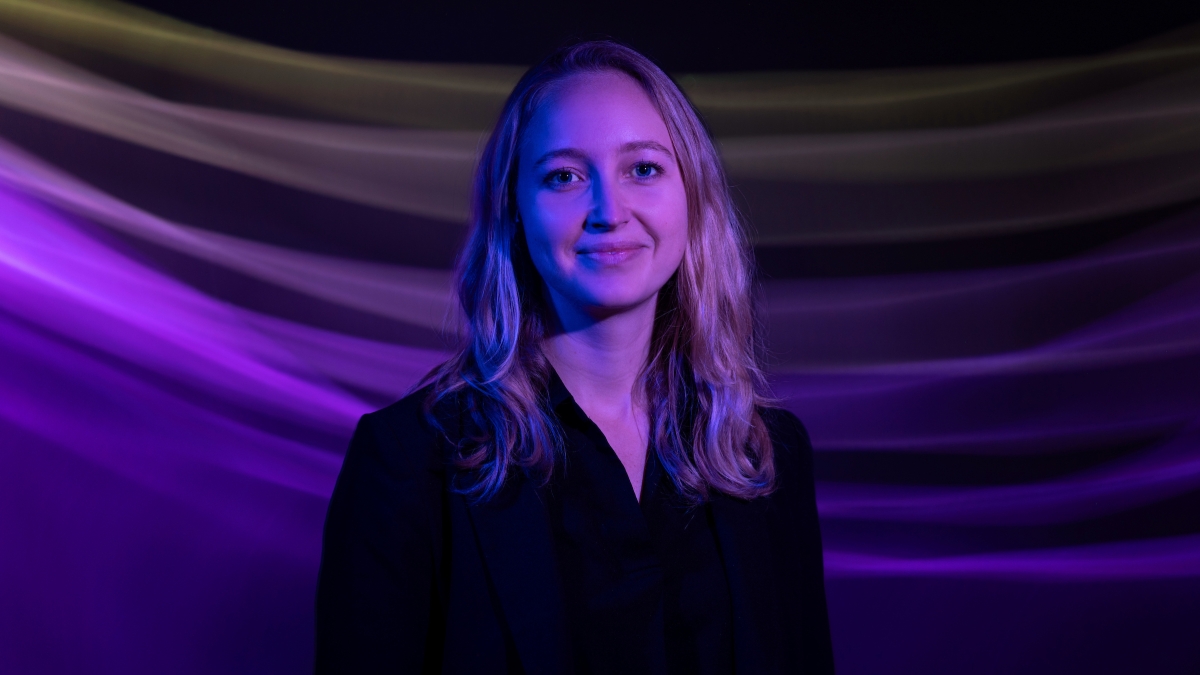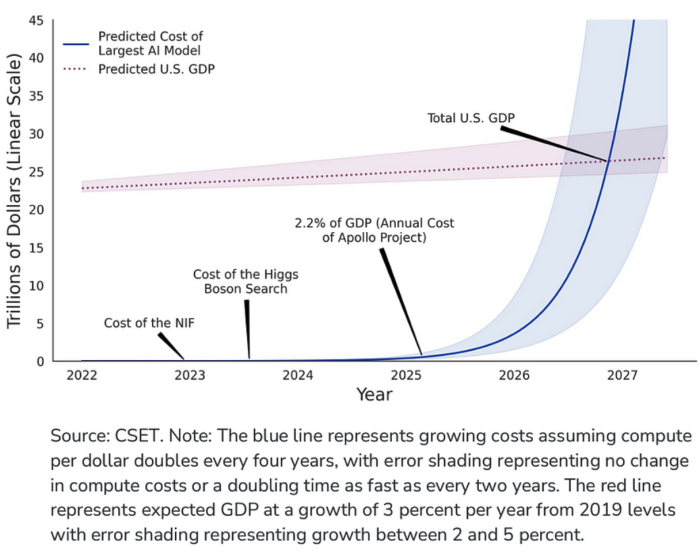Work with AI leads to advances in food security

Hannah Kerner, an assistant professor of computer science at ASU and the artificial intelligence leader of two NASA agricultural programs, is developing AI to advance global sustainability through food security. Photo by Samantha Chow/ASU
Editor's note: This expert Q&A is part of our “AI is everywhere ... now what?” special project exploring the potential (and potential pitfalls) of artificial intelligence in our lives. Explore more topics and takes on the project page.
It's no secret that AI is the big news of today.
While many are concerned over the challenges artificial intelligence is already presenting, others are excited about the solutions it can help create and streamline in a world that is constantly evolving at lightning speed.
Hannah Kerner, an assistant professor of computer science with ASU’s Ira A. Fulton Schools of Engineering and the artificial intelligence leader of two NASA agricultural programs, has high hopes for those solutions, particularly as it applies to global sustainability through food security.
Here, Kerner talks about her work with this technology.
Question: What is the focus of your research?
Answer: My research at ASU aims to improve the ability of AI to extract actionable information from large, diverse datasets that enable society to make better decisions about our planet and its inhabitants. We do this by developing new methods for harnessing satellite Earth observation data, which is a largely untapped resource in machine learning. We are studying how to detect and mitigate biases in order to make AI models more robust, and also investigating theories to better understand the mechanics of machine learning.
Q: How is AI technology shaping the broader application of work from your field?
A: As we create better, faster, more accurate and more robust AI methods for solving real-world challenges, we can finally start to realize its potential for tackling urgent issues such as climate change, food insecurity and poverty.
Q: What opportunities related to AI in your field are motivating you?
A: I am most excited about the intersection between foundational AI research and AI applications. By improving our fundamental understanding of AI and how models learn, we can discover how to create more robust, elegant and trustworthy solutions with real-world applications. Through this approach, we can see more societal benefits using cutting-edge AI technologies.
Q: What challenges related to AI in your field need to be addressed?
A: The trajectory of AI research in recent years has been to create larger and larger models. However, large models aren’t necessarily accessible or useful for everyone right now. In the future, building even larger models will become prohibitively costly even for the most wealthy companies or governments (see plot below). Our field needs to address the challenge of how to continue advancing AI performance without exceeding our resource capacity in terms of money, energy, water and other critical resources.
Q: Why is ASU important to the successful development of AI?
A: ASU researchers from diverse disciplines have a common goal of advancing the state of knowledge and technology in our fields in a way that benefits the real world, not just academia. ASU’s charter to “(advance) research and discovery of public value; and (assume) fundamental responsibility for the economic, social, cultural and overall health of the communities it serves” compels us to conduct use-inspired research that benefits our field while also benefiting the world.
This is a core principle in the research philosophy of my group and how we seek to influence the field of AI.
AI is everywhere ... now what?
Artificial intelligence isn't just handy for creating images like the above — it has implications in an increasingly broad range of fields, from health to education to saving the planet.
Explore the ways in which ASU professors are thinking about and using AI in their research on our special project page.
More Science and technology

Science meets play: ASU researcher makes developmental science hands-on for families
On a Friday morning at the Edna Vihel Arts Center in Tempe, toddlers dip paint brushes into bright colors, decorating paper fish. Nearby, children chase bubbles and move to music, while…

ASU water polo player defends the goal — and our data
Marie Rudasics is the last line of defense.Six players advance across the pool with a single objective in mind: making sure that yellow hydrogrip ball finds its way into the net. Rudasics, goalkeeper…

Diagnosing data corruption
You are in your doctor’s office for your annual physical and you notice the change. This year, your doctor no longer has your health history in five-inch stack of paperwork fastened together with…



